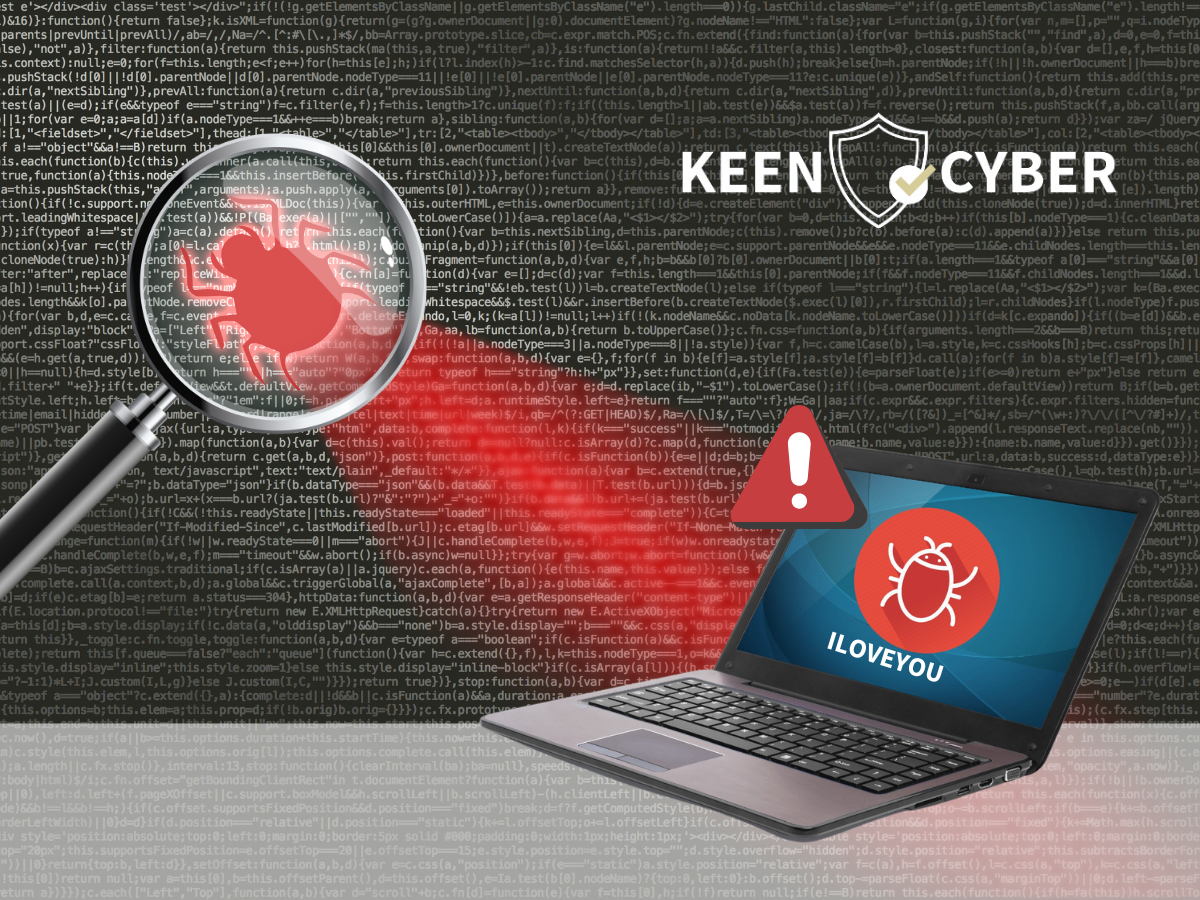In the archives of cybersecurity history, few events are as infamous and consequential as the Love Bug Virus of 2000. This digital plague, also known as the “ILOVEYOU” virus, wreaked havoc on computer systems worldwide, leaving behind a trail of disrupted networks, compromised data, and valuable lessons for the cyber industry.
The Love Bug Virus: Unleashing Chaos
The Love Bug Virus first emerged in May 2000, spreading rapidly through email systems across the globe. Disguised as a harmless love letter with the subject line “ILOVEYOU,” unsuspecting recipients eagerly opened the attached file, only to unleash a malicious payload that ravaged their systems.
Once activated, the virus propagated itself by sending copies of the infected email to every contact in the victim’s address book, amplifying its reach exponentially. Its destructive capabilities were multifaceted, ranging from overwriting files to stealing passwords and spreading across networks with alarming efficiency.
Consequences and Fallout
The Love Bug Virus brought entire organisations to their knees, disrupting critical systems, and causing millions of dollars in damages. Government agencies, businesses, and individuals fell victim to its insidious design, highlighting the vulnerabilities inherent in early internet infrastructure and the naivety surrounding digital security practices.
The incident underscored the importance of proactive cybersecurity measures and raised awareness about the perils of social engineering tactics employed by malicious actors. It served as a wake-up call for both users and cybersecurity professionals, prompting a re-evaluation of existing defenses and the development of more robust strategies to combat evolving threats.
Lessons Learned
In the wake of the Love Bug Virus, the cybersecurity community gleaned several invaluable lessons that continue to shape industry practices to this day:
1. Vigilance Against Social Engineering: The Love Bug Virus exploited human curiosity and trust to propagate itself. Users learned the importance of exercising caution when interacting with unsolicited emails and attachments, highlighting the need for ongoing education and awareness campaigns.
2. Defense in Depth: Organisations recognised the inadequacy of relying solely on perimeter defenses. The concept of defense in depth gained prominence, emphasising multiple layers of security controls to thwart attacks at various stages of the cyber kill chain.
3. Collaborative Threat Intelligence: The incident spurred greater collaboration among cybersecurity professionals, leading to the sharing of threat intelligence and best practices across industry sectors. Collective defense mechanisms emerged as a potent weapon against rapidly evolving cyber threats.
4. Continuous Innovation: The Love Bug Virus served as a catalyst for innovation in cybersecurity technologies and methodologies. From antivirus software to intrusion detection systems, the incident spurred investments in research and development aimed at staying one step ahead of adversaries.
Progress in Cybersecurity
In the two decades since the Love Bug Virus, the cyber industry has made remarkable strides in fortifying digital defenses and mitigating emerging threats. Advances in machine learning, artificial intelligence, and behavioural analytics have empowered defenders to detect and respond to attacks with unprecedented speed and accuracy.
Furthermore, regulatory frameworks such as the General Data Protection Regulation (GDPR) and the Cybersecurity Maturity Model Certification (CMMC) have imposed stricter standards for data protection and cybersecurity resilience, driving organisations to prioritise security as a fundamental aspect of their operations.
Takeaways for the Future
As we reflect on the legacy of the Love Bug Virus, several key takeaways emerge for individuals and organisations alike:
– Education and Awareness: Stay informed about the latest cybersecurity threats and best practices. Exercise caution when interacting with digital content and be wary of social engineering tactics designed to manipulate human behaviour.
– Invest in Security: Allocate resources towards robust cybersecurity measures, including threat detection, incident response, and employee training. Recognise that cybersecurity is not a one-time investment but an ongoing commitment to safeguarding digital assets and privacy.
– Embrace Collaboration: Foster a culture of collaboration within the cybersecurity community. Share threat intelligence, participate in information-sharing forums, and leverage collective expertise to stay ahead of emerging threats.
– Adapt and Innovate: Embrace innovation and adopt cutting-edge technologies to enhance cyber resilience. Continuously evaluate and refine security controls to adapt to evolving threat landscapes and regulatory requirements.
The Love Bug Virus remains a seminal moment in cybersecurity history, underscoring the enduring importance of vigilance, collaboration, and innovation in the ongoing battle against cyber threats. While the digital landscape has evolved significantly since 2000, the lessons learned from this watershed moment continue to shape our approach to cybersecurity in an ever-changing world. By remaining steadfast in our commitment to security, we can navigate the complexities of the digital age with confidence and resilience.

